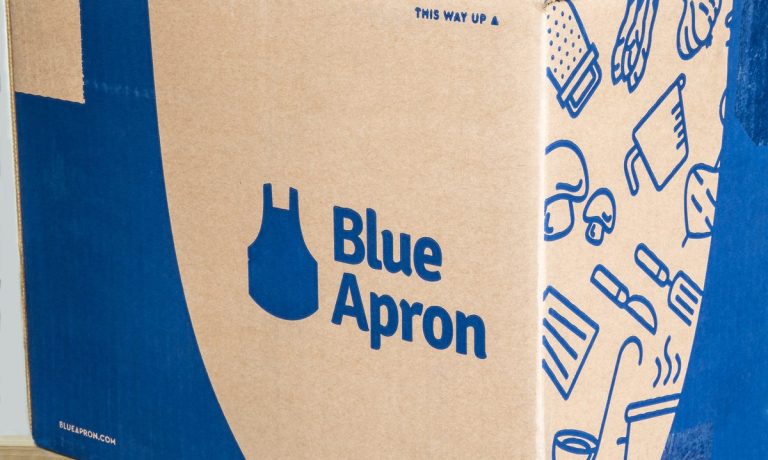
Amid inflationary pressures, meal kit providers are securing consumers’ loyalty with more convenience and flexibility.
Blue Apron, for one, is turning its focus to its lower-effort Heat & Eat meals and to sales channels that enable consumers to make purchases without committing to a regular subscription plan. The company announced Wednesday (April 5) that it is expanding its partnership with DoorDash’s direct-to-consumer (D2C) convenience store DashMart to 11 markets, including New York City. The move follows a pilot program in Philadelphia.
“These types of strategic partnerships are an important market opportunity for us to expand our reach and provide customers with access to our products without a subscription,” Blue Apron Senior Vice President of Physical Product John Adler said in a statement.
These efforts come at a time when meal kits are being challenged to work harder to maintain customers’ loyalty, with rising prices putting pressure both on their margins and on subscribers’ willingness to spring for their offerings.
For instance, earlier this year, Blue Apron came close to being delisted from the New York Stock Exchange, and HelloFresh pulled out of Japan less than a year after entering the country. Prepared meal subscription company Freshly stated around the same time that it is halting D2C meal deliveries as economic challenges rack the company and the broader meal delivery industry.
As such, leading players are now adjusting to what their consumers are looking for — more convenient options. They are shifting from higher-commitment subscription models with lengthy recipes to quicker meal options and more flexible purchasing modes.
“What meal kits were based on was this sense of convenience — we solve the what’s for dinner question for people,” Julie Marchant-Houle, U.S. CEO of multinational meal kit company Marley Spoon, told PYMNTS in an interview last year. “[Now], we’re seeing expansion into different meal occasions; we’re seeing a demand for ready-to-eat meals across the industry; we’re seeing even more and more brands looking to offer incremental items that could be added to the basket. So, I think convenience is a big theme that has it just continuing to accelerate.”
Indeed, packaged food giant Campbell Soup Company noted on its earnings call last month that today’s consumers do not want to spend more than 20 minutes cooking dinner or 10 minutes preparing lunch. They want quick options.
Additionally, with third-party delivery partnerships such as Blue Apron’s DoorDash deal, meal kit providers can lessen the burden of one the most economically challenging parts of the business — the cost of fulfillment. In an interview with PYMNTS, Ragoth Bala, co-founder of meal kit subscription company The Cumin Club, argued that the industry’s recent challenges stem from leading players’ costly business models.
“Some of the meal kit services have shut down, some of them have decided to fold. … It’s very expensive [for them] to acquire a customer, and it’s very expensive to ship the frozen box to each and every customer,” Bala said. “Usually, they are running their own line hauls, their own trucks, so the business model seems to be the problem — not necessarily the customer need itself. They are finding it harder to attract more customers, new customers, and that’s something we haven’t faced as a problem.”
Notably, consumer demand for meal kits increased throughout last year, in spite of inflationary challenges. Research from PYMNTS’ study “12 Months of the ConnectedEconomy™: 33,000 Consumers on Digital’s Role in Their Everyday Lives,” which drew from responses from tens of thousands of U.S. consumers over the course of a year, noted that meal kit subscriptions were on the rise throughout 2022. Specifically, the share of consumers who reported purchasing from online subscription services that deliver meal kits rose from 25% in December 2021 to 31% in November 2022.